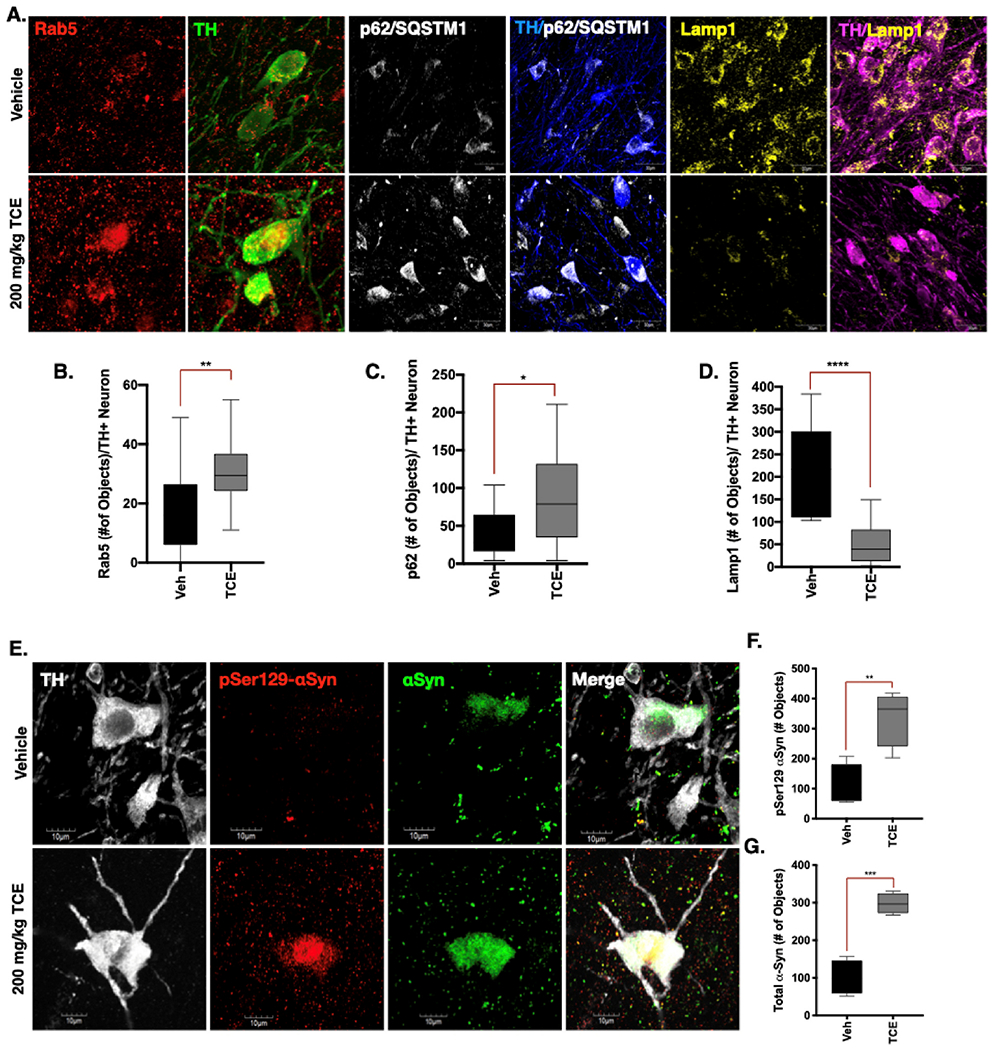Fig. 3. Endolysosomal dysfunction and protein accumulation occurs in dopaminergic neurons of TCE-treated rats.

Immunohistochemistry was conducted in brain tissue from 15-month old male Lewis rats exposed to 200 mg/kg TCE or vehicle (olive oil) for 6 weeks. A. Representative confocal images of Rab5 (200×, red), p62/SQSTM1 (100×, white), and Lamp1 (100×, yellow) in the SNpc of vehicle or TCE treated rats (counterstained for TH, green, blue, magenta, respectively). B. The early endosome marker Rab5 is significantly elevated in dopaminergic neurons in the SNpc of rats exposed to TCE (F (12, 23 = 1.62), p = 0.0087). C. The ubiquitin like protein p62/SQSTM1 is also significantly elevated in TCE treated rats (F(14, 9 = 3.976), p = 0.035). D. The lysosomal membrane protein Lamp1 is significantly reduced in dopaminergic neurons of rats treated with TCE (F(9, 14 = 4.84), p < 0.0001). E-G. Phosphorylated (pSer1 29-αSyn, red) and total αSyn (green) protein was accumulated in dopaminergic neurons (TH, white) of rats exposed to TCE; pSer129-αSyn (F(3, 3 = 1.87), p = 0.0076), total αSyn (F(3, 3 = 2.82), p = 0.0003). Statistical analysis unpaired t-test, error bars represent SEM, (N = 7 vehicle, 10 TCE).
